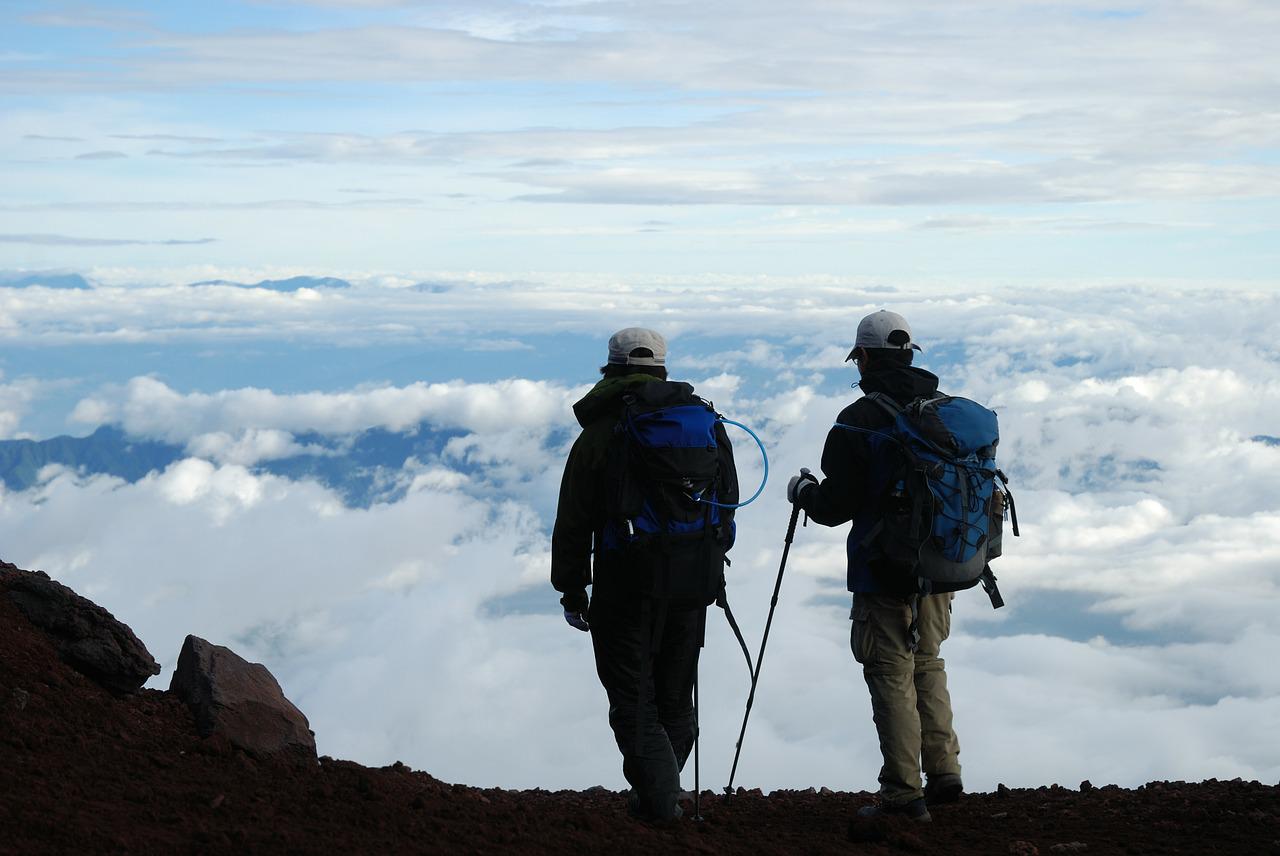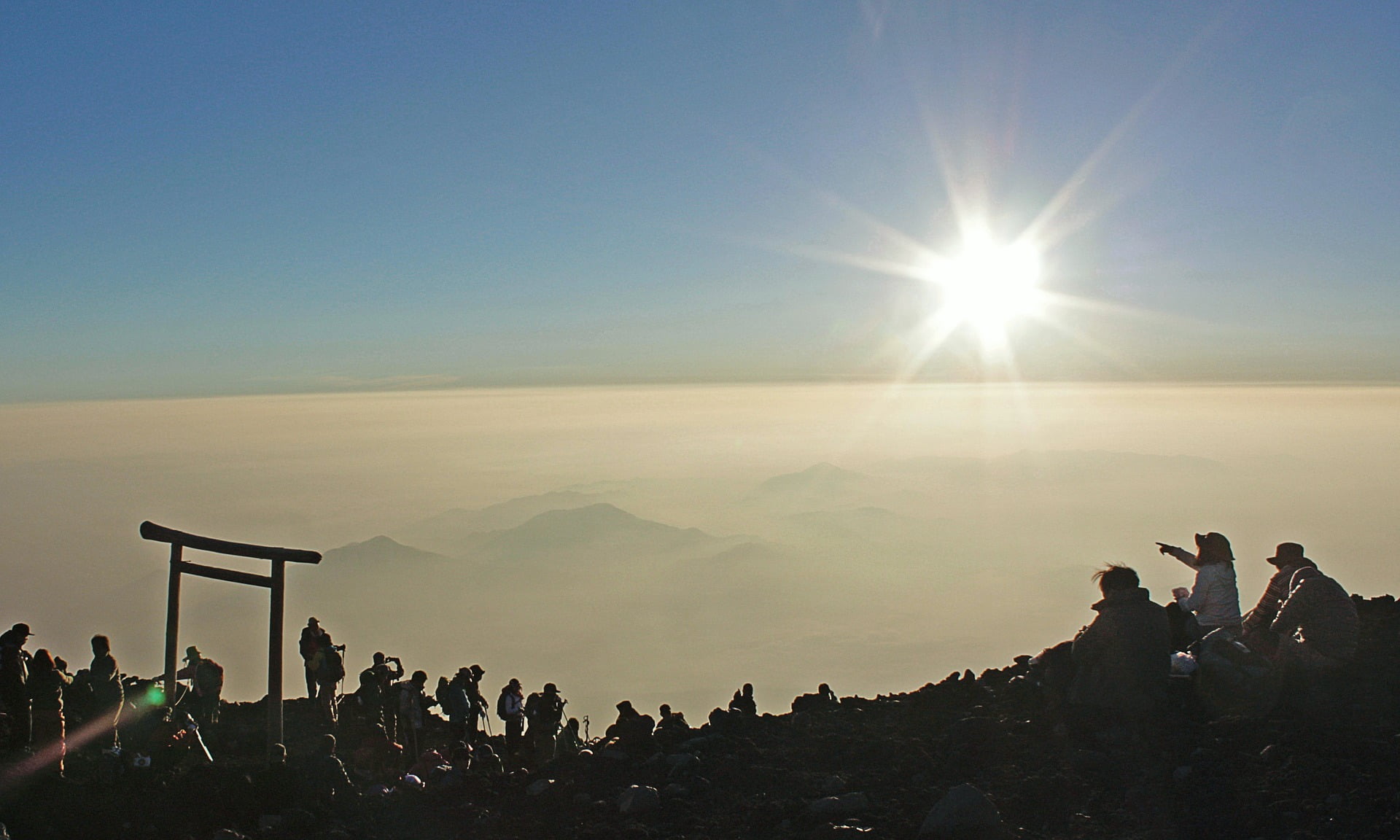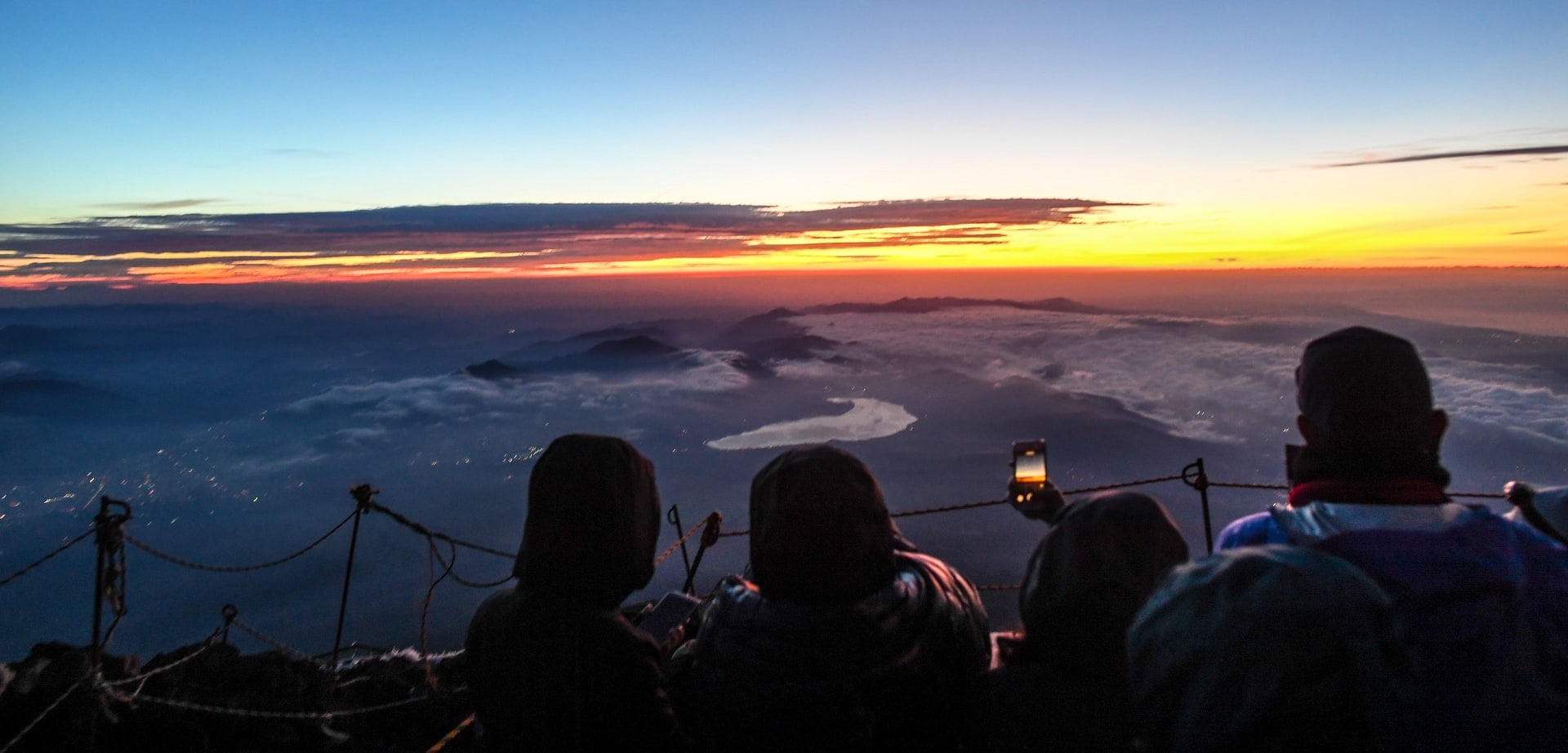Mount Fuji is perhaps Japan’s most recognizable emblem, admired by tourists and revered by locals alike. Many people aspire to reach the summit of Japan’s highest and most famous mountain to view the sunrise. Reaching the summit at 3,776 meters is no easy task, but hundreds of people visit Mt. Fuji each year in the hopes of checking it off their travel bucket list.
Let’s go through some important notes before you attempt this long climb.
- Check your fitness level
There are four paths up Mount Fuji, but even the most popular and feasible, the Yoshida Trail, takes roughly 5–7 hours to ascend and 3–5 hours to descend. Because the rocky terrain is steep and slippery, you’ll need at minimum an intermediate level of fitness to accomplish the hike. Maintain your general fitness by going for jogs or taking the stairs with your daily rucksack. This is especially critical because this is an overnight trek with no option for a “halfway climb.”

- Check the weather condition
Mount Fuji is a remote peak that rises to roughly 3,000 meters. The higher you go up the mountain, the more unsettled the weather, due to the north wind blowing from Suruga and Sagami Bay. Because of the conditions, numerous accidents have occurred in the past, you must proceed with caution when beginning your ascent. In addition, the weather and climate conditions at Mount Fuji’s fifth station, which runs from the mountain’s base to the top, can change rapidly. It is critical to be able to adapt to any change.

- Pack your gear carefully
Hiking boots – The route is incredibly uneven and rocky (this is a volcano), and there’s the risk you’ll trip and land on your bum. It is critical to have robust hiking boots to reduce the number of times this occurs.
Warm clothing – While it can be brutally hot at the foot of Mt. Fuji during the trekking season, It gets exceedingly cold at the peak, especially at night and early in the morning.
Water – The recommended limit is 2 liters per person, but if you can manage the weight, feel free to bring more. Remember that there are no recycling bins on Mount Fuji, so bring cans and bottles with you and discard them once you’ve descended

Oxygen bottles – If you have altitude sickness, oxygen bottles can help with symptoms including dizziness and shortness of breath.
Snacks — Milk, sandwich, rice ball… Bring something that will give you the energy that you need to travel.
- Check the hiking season
Hiking in the off-season is doable, but you may not be able to find huts to rest in on your way to the summit. Huts normally close after the trekking season. However, if you are an experienced hiker, you can take on this challenge. You’ll need some additional trekking gear, water, and food to take on the daunting journey. From October to early June, the weather is dangerously windy. Snowfall may prevent you from climbing Mount Fuji. As a result, always be cautious and check the weather prediction before leaving.

